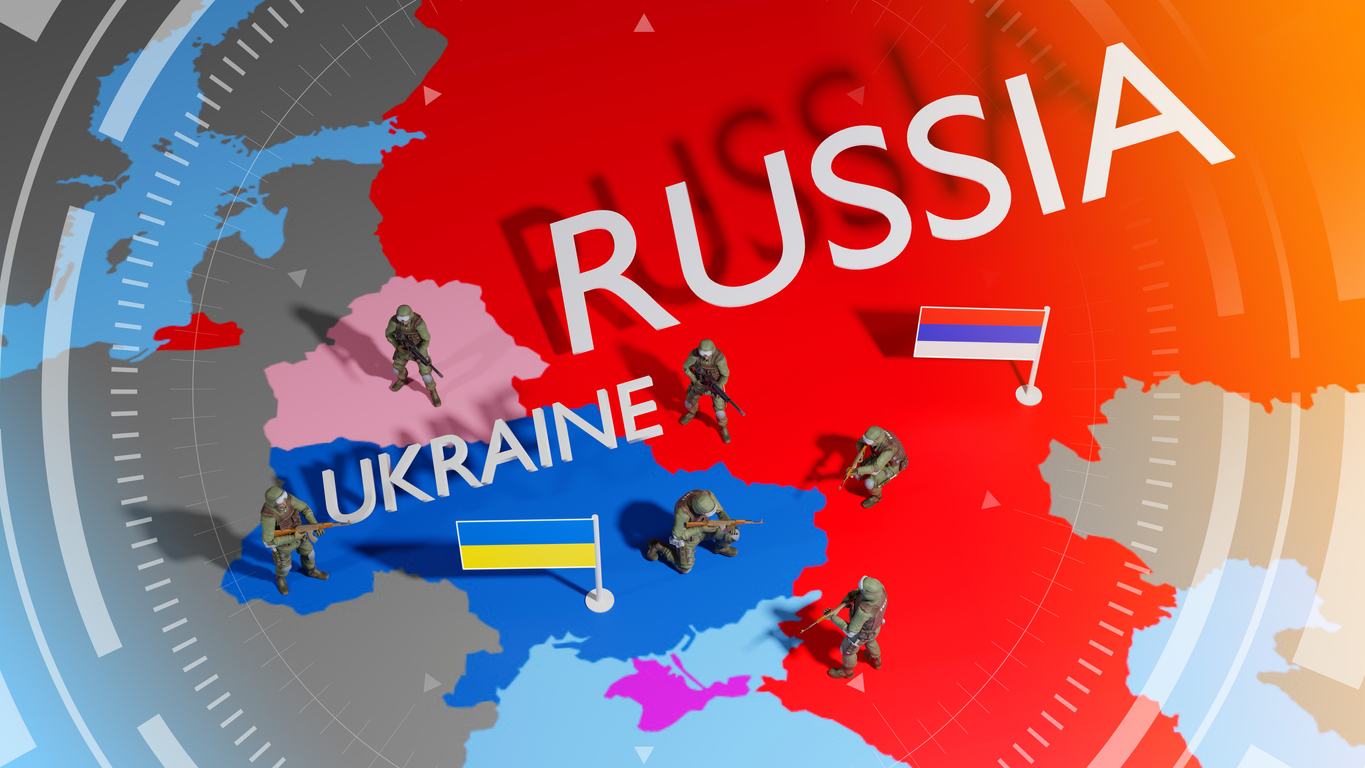Russia’s conflict in Ukraine has elicited a swift cyber response from the U.S. military. Beyond the physical implications of war in eastern europe, the cyber battlefield poses just as much risk. In today’s digital age, the military is just as responsible for defenses across the internet as in person.
On February 24th, 2022, Russia invaded Ukraine in a major escalation of the Russo-Ukrainian War that began in 2014 due to opposing ideological views. This is a unique scenario unlike any other in history due to the increased importance of the internet and the power of digital assets. For decades, U.S. intelligence has picked up hacker activity attacking Ukraine and taken a stance, along with many other international cyber allies, to help improve Ukraine cybersecurity posture.
The U.S. Military’s Role
Months before the initial invasion of Russia in February, the U.S. had already been bolstering Ukraine’s cybersecurity posture. As far back as 2015, Russia hacked the Ukrainian electrical grid in what was their first, but certainly not last, attempted cyber breach. In November 2021, U.S. forces were assigned to identify malware, finding what is now known as “wiperware,” malware that wipes computers of files in one command.
Prior to Russia’s invasion of Ukraine in 2022, many Ukrainians attempted to flee the predicted violence. In response, Russia DDoS attacked the computers at the border to stop Ukraine civilians from escaping. To combat this, the U.S. purchased a unique virtual machine designed to put a stop to this kind of attack. Within 8 hours of purchase, the attack was thwarted.
Preventative Cybersecurity
In addition to reactionary events, the U.S. has been taking the time to reverse-engineer newly identified pieces of malware to ensure we are ready for the next attack. It is possible that Russia left dormant pieces of malware across the web, acting as a trap for the next victim. By reverse-engineering each piece of malware, we gain more knowledge about how these programs are written and how we can best defend ourselves against them.
In April 2022, the Cybersecurity & Infrastructure Security Agency (CISA) released a cybersecurity advisory in partnership with New Zealand, Australia, and Canada, warning that Russia’s invasion of Ukraine could have an increased risk in malicious cyber activity. In this warning, CISA advises organizations to take a preventative approach to securing their network. This includes, but is not limited to, ensuring all systems are up-to-date, implementing multi-factor authentication, ensuring all data is encrypted, and back-ups are available in case of outage.
Most recently, on June 1st, 2022, the U.S conducted offensive hacking in support of Ukraine that involved penetrating Russian networks to identify potential threats and hackers. This operation was done lawfully under civilian oversight and will help influence future cybersecurity protocols.
Looking Forward
As the conflict continues to simmer, the U.S. continues to support Ukraine by bolstering the Ukrainian cybersecurity posture and dedicating resources to defending the front lines of the internet. With constantly new Russian malware and attacks, the U.S. and other Ukrainian allies are ever vigilant in the digital battlefield.
Enhanced Cybersecurity Protection
If you’re looking for a strengthened cybersecurity posture for your business, Booker DiMaio offers a suite of cybersecurity services that can be customized to fit your needs. Explore the suite here or contact us at contact.us@bookerdimaio.com.

